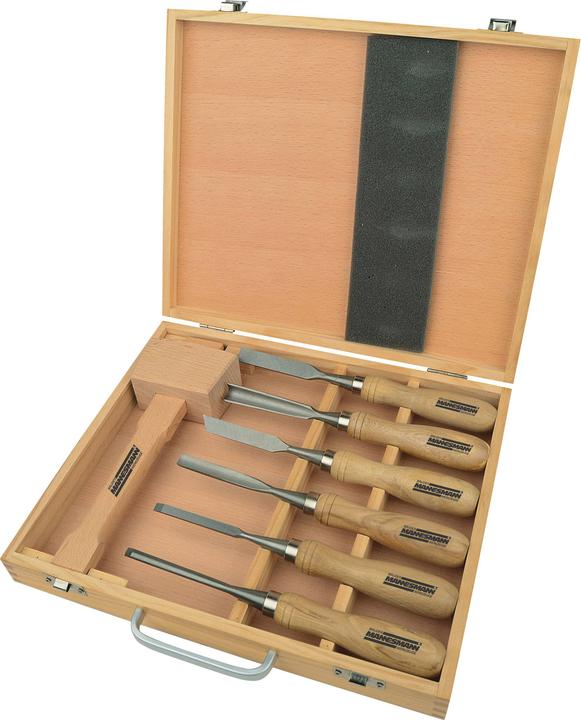

Am I cut from the right cloth?
I want to learn how to carve. To work wood without any power tools and create works of art along the way. But before I can remove even a single chip, I have to learn the basics.
Michel from Lönneberga is as much a part of my childhood as Gummitwist and VHS. The cheeky boy, whose story was penned by Astrid Lindgren, is always getting into trouble. As punishment, he is put in the family carpenter's shed, where he carves little wooden figures. And they are really good.
Even back then, I was fascinated by the work. I was fascinated by the concentration, the material and the craft. Nevertheless, I never dared to try carving myself. I didn't trust myself with the artistic and filigree aspect - until now. At the age of 27, I am finally emulating Michel.
This virginity brings with it a certain excitement, but also many gaps in terms of technique. That's why I need to learn a few basics before I can get started. Which wood is suitable? What are all the different chisels for? These are all questions that need to be answered first if the carving is to be aesthetically pleasing.
Technique
Carving is a type of woodworking in which the material is worked with knives or chisels. There are different ways of carving. Three-dimensional carving creates sculptural works or, to put it simply, figures. In notch carving, on the other hand, patterns are drawn with a pencil and cut out of the material. The reverse of this is relief carving, in which a shape is carved out of the wood. This means that the material around the pattern is removed and not the pattern itself. And then there is Michel's type of carving, in which only a knife is used. In theory, this includes the sharpened stick for your sausage over an open fire.
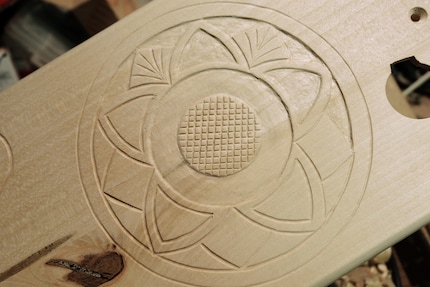
Wood
In theory, any wood can be carved. But as a beginner in particular, it's important to choose the right one, otherwise you'll never get anywhere. It should be soft so that you can leave your mark without much effort. Lime wood, which ranges in colour from white-yellow to light pink, is ideal for carving. The soft hardwood is elastic, relatively durable and has hardly any knotholes. As these interfere with the grain of the wood, they will also interfere with your carving. Alternatively, other soft woods such as stone pine or poplar are also suitable. If you are a little more experienced, you can also try your hand at maple or even oak.
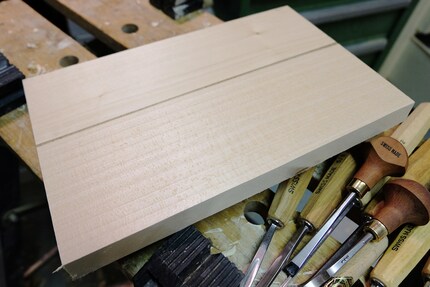
Carving iron
Tips and carving tools come in countless designs. Every time I look at my father's collection of chisels, I am instantly confused. A potpourri of straight, curved, hollowed and bevelled tools opens up in front of me, all of which come in a thousand different sizes. Do I need them all? Fortunately not. As a complete beginner, I will limit myself to the most common designs.

Ball chisel
This chisel shape is used for carving curves. Paradoxically, the cutting edge is completely flat and straight.
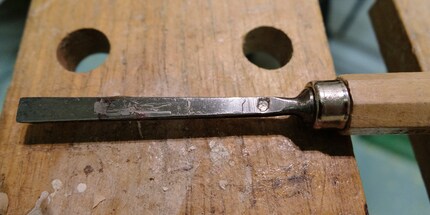
Flat irons
Flat irons, on the other hand, have a slight hollow. Note: nomen non est omen when it comes to carving tools. These chisels are used for both flat and round work. This versatility makes it suitable for beginners.
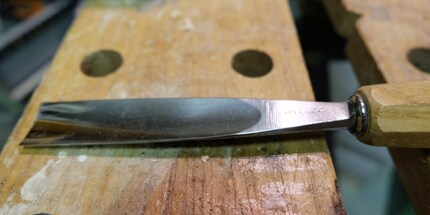
Hollow iron
Finally an iron that lives up to its name. The gouge has a strong hollow and is used to carve out recesses in your carvings
.
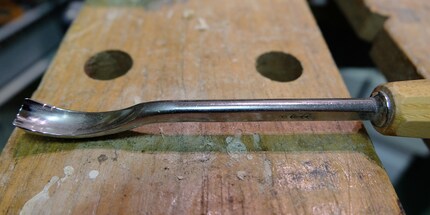
Geissfuss
The goose foot is V-shaped and often curved. It can be used to cut out precise lines. It is often used for lettering or the hair on figures.
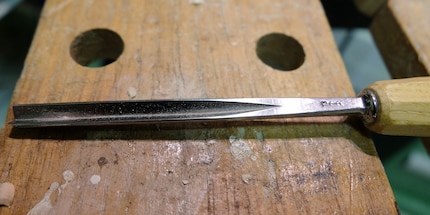
Notch carving knife
You need this knife if you want to create carvings. The pre-drawn patterns are cut out with it
.
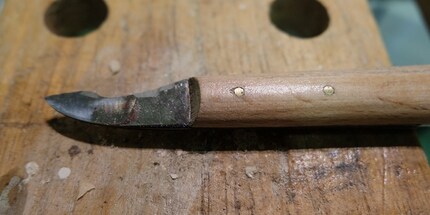
Klüpfel
If you want to remove a lot of material at once or if the wood is a little difficult to work with, you can use a mallet to help you. This allows you to remove the material faster and with more force. The mallet is unsuitable for detailed work.
Next step: From theory to practice
I have the feeling that I'm starting to see the wood for the trees. I'll probably never be really ready anyway. I will definitely have to try things out and practise a bit. As we all know, the sky is the limit. If you have any valuable tips for me, please don't hesitate to share them with me in the comments column. And if you want to know how I do in the practical test, then follow me as an author and join me on my odyssey.
My life in a nutshell? On a quest to broaden my horizon. I love discovering and learning new skills and I see a chance to experience something new in everything – be it travelling, reading, cooking, movies or DIY.
Practical solutions for everyday problems with technology, household hacks and much more.
Show all


